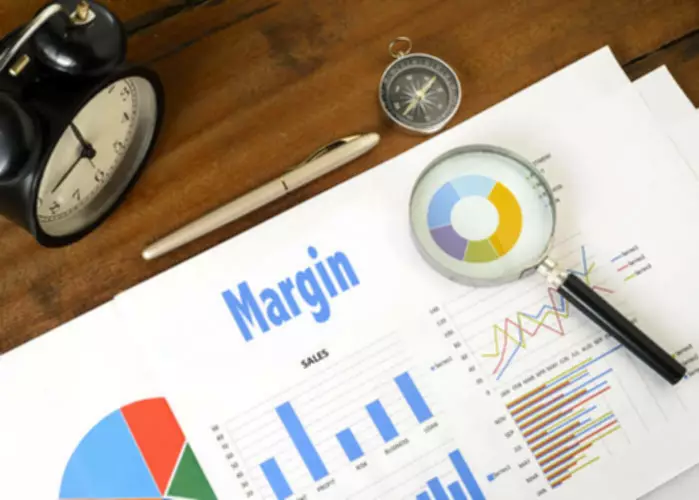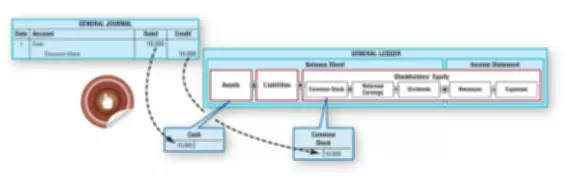Content

If you want to calculate Cost of Goods Sold concerning the LIFO method, then you ought to find out the cost of your most recent inventory, and simply multiply it by the cost of inventory sold. Companies pick one of these methods based on their financial preferences. While the weighted average method is a generally accepted accounting principle, this system doesn’t have the sophistication needed to track FIFO and LIFO inventories. Accounting policies are the specific principles and procedures implemented by a company’s management that are used to prepare financial statements. As a result, LIFO isn’t practical for many companies that sell perishable goods and doesn’t accurately reflect the logical production process of using the oldest inventory first. For example, a company that sells seafood products would not realistically use their newly-acquired inventory first in selling and shipping their products. In other words, the seafood company would never leave their oldest inventory sitting idle since the food could spoil, leading to losses.
- Inflation is a measure of the rate of price increases in an economy.
- Because this method assumes that the most recently purchased items are sold, the value of the ending inventory is based on the cost of the oldest items.
- Under the FIFO cost flow assumption, the first costs are the first costs to leave inventory and be reported as the cost of goods sold on the income statement.
- FIFO is more useful when there aren’t many transactions and the prices are steady or have a relative value.
- FIFO stands for First In First Out and is an inventory costing method where goods placed first in an inventory are sold first.
- If you have items that do not have a lot date and some that do, we will ship those with a lot date first.
Remember, it is generally permissible to use different methods on your tax returns and financial statements prepared for investors or managers. Even if you paid $400 for your unsold inventory, it’s no longer worth that much, and reporting it at that cost would overstate your inventory and overall assets.
Disadvantages Of Using LIFO Vs FIFO Method :
Since only 100 items cost them $50.00, the remaining 5 will have to use the higher $55.00 cost number in order to achieve an accurate total. For tax reasons, FIFO assumes that assets with the oldest costs are included in the cost of the goods sold in the income statement . The remaining inventory assets match the assets most recently purchased or manufactured.
- Also, Apple store managers handles the inventory management of their respective stores.
- The average inventory is calculated by adding the beginning stock to the ending inventory and dividing it in two.
- And to calculate the ending inventory, the new purchases are added to it, minus the exact cost of goods sold.
- In general, inventory value should reflect the value of the item to your business.
- To calculate COGS using the LIFO method, determine the cost of your most recent inventory.
Inventory purchases month units are added to the existing inventory. This makes it easy to calculate gross profit, average cost method and the product unit cost. Also, simply account for the above lifo and fifo calculator that helps you to perform ending inventory-related calculations by using both fifo and lifo methods of inventory valuations. The average cost is a third accounting method that calculates inventory cost as the total cost of inventory divided by total units purchased.
Last In, First Out Cost
According to Ng, much of the process is the same as it is for FIFO, including this basic formula. She noted that the differences come when you’re determining which goods you’re going to say you sold. https://www.bookstime.com/ Traders refer to Rule 2-43b as the FIFO rule of inventory management. When it comes to the FIFO method, Mike needs to utilize the older costs of acquiring his inventory and work ahead from there.
If your goal is to show larger profits and more assets on your financial statements, you want to reduce your costs of goods sold and increase your inventory value. Assuming that costs generally rise, FIFO will typically be more advantageous. A company’s recordkeeping must track the total cost of inventory items, and the units bought and sold.
Products
The reverse will be applied when organizations switch from LIFO to FIFO. To use the weighted average model, one divides the cost of the goods that are available for sale by the number of those units still on the shelf. This calculation yields the weighted average cost per unit—a figure that can then be used to assign a cost to both ending inventory and the cost of goods sold.

David has helped thousands of clients improve their accounting and financial systems, create budgets, and minimize their taxes. First-In, First-Out how to calculate fifo and lifo method is an asset management and assessment method in which assets that are first produced or acquired are first sold, used, or disposed of.

